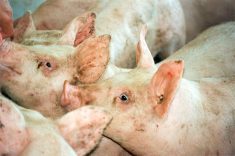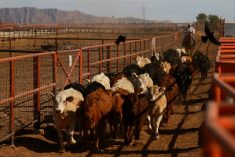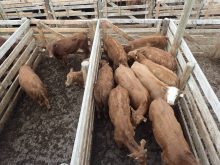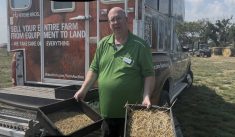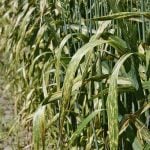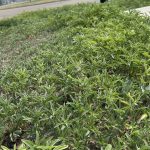LETHBRIDGE, Alta. – A good stand of alfalfa might be one of the cheapest inputs available to a farmer because of the high levels of nitrogen it leaves in the soil.
Nitrogen adds value to future crops because it increases protein levels, according to long-term crop rotation studies across Western Canada.
“Five years after a three-year alfalfa stand was tremendous, we’re still getting a half a point increase in protein. This is value farmers can capture,” said Martin Entz of the University of Manitoba.
Entz explained the benefits of alfalfa and other legumes such as clover or sanfoin at a recent conservation workshop in Lethbridge.
Read Also
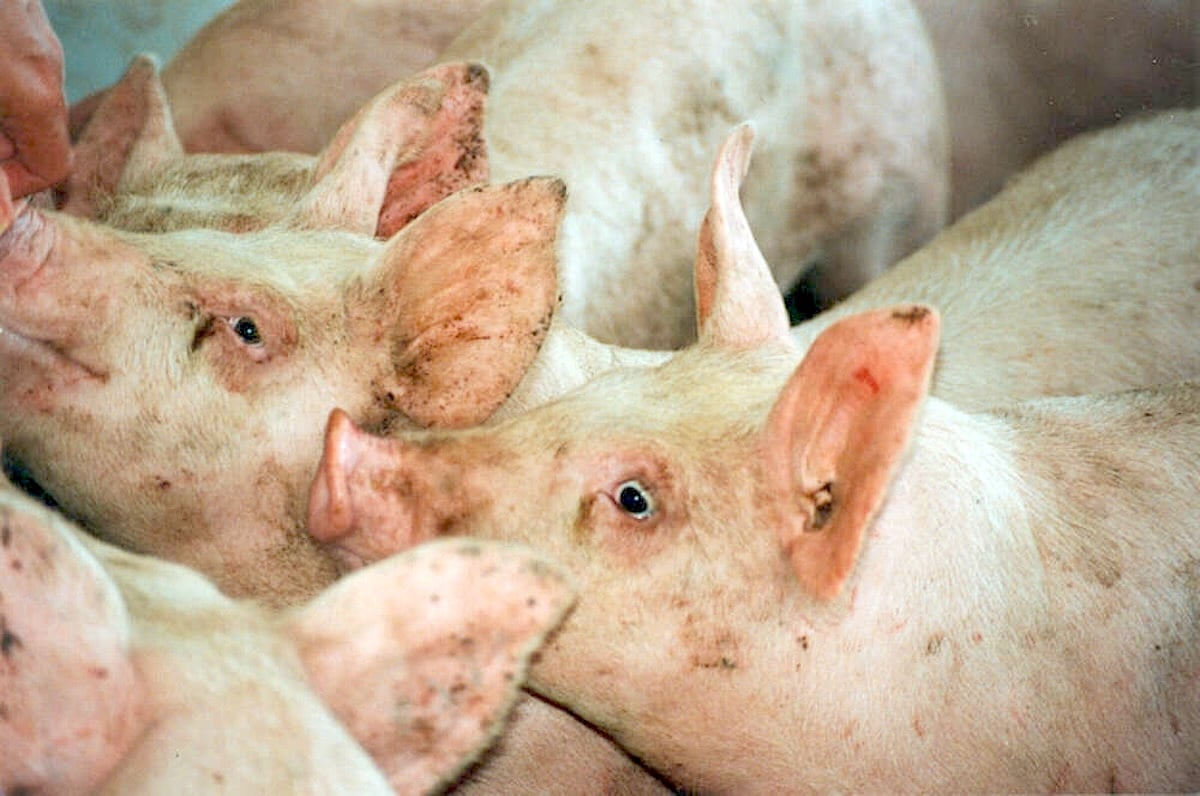
WP livestock report – July 24
WP livestock report for hogs, bison and sheep for July 24
Long-term rotation trials in North America show the greatest benefits may be seen two years after the alfalfa is removed.
Soil tests in Manitoba’s black soil zone showed 83 pounds of nitrogen were released into the soil the first year after removal, followed by 148 pounds the next year.
By the third year, available nitrogen had leveled off although yields were still nine bushels per acre above average.
Fix for future
Entz recommends that alfalfa crops be worked under three years after seeding. Three years is adequate to fix enough nitrogen for future crops.
Legumes like alfalfa reach deep into the soil, pulling up nutrients from as far down as 1.2 metres. Crops planted in an old alfalfa stand are thus more likely to develop deeper root systems.
Another benefit of alfalfa is control of common weeds like wild oats, foxtail and Canada thistle.
If alfalfa is seeded early enough, it can crowd out thistle and shrink weed patches, Entz said.
“If we can get the alfalfa established in a thistle patch, the thistle is very much challenged by the alfalfa.”
In a heavy alfalfa stand, Canada thistle has to grow a long stem to reach the sun and must use up valuable root reserves. This weakens the plant and reduces its ability to compete.
Alfalfa can also shrink wild oat patches because it encourages insects to move in and eat the oat seeds. It can be planted directly into standing stubble. It should be seeded shallow, as early as April, to achieve a healthy stand.
Before seeding alfalfa, weeds such as quack grass, dandelions and thistles should be sprayed with products containing glyphosate, dicamba or 2,4-D. A fall spray is most effective.





